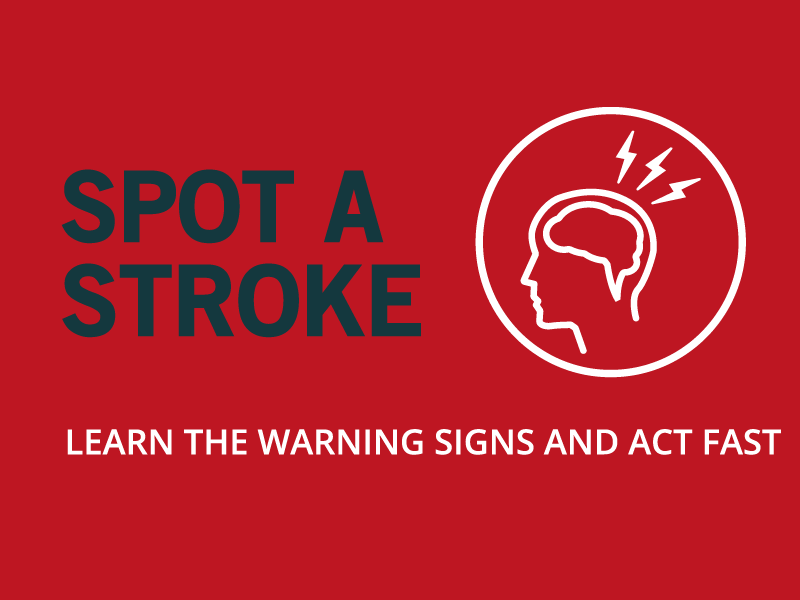
Coronary heart disease is the leading cause of deaths in patients with cardiovascular disease (CVD) (43%) in the United States. Stroke comes in at number two for 16.8% of CVD patients. Every 40 seconds someone suffers from a stroke in the United States. "Stroke" is a term used to describe a life-threatening problem that affects the flow of blood to a part of the brain. There are two types of strokes: ischemic and hemorrhagic.
Ischemic stroke occurs when an artery supplying part of the brain with vital oxygenated blood becomes clogged or closes off, obstructing blood flow to the affected area. The brain tissue downstream is deprived of vital nutrients, and, if changes are not urgently made, brain cells die. Ischemic strokes can be caused by plaque rupture leading to a buildup of a clot that may occlude the brain artery. Strokes also develop from distant travelers of emboli (debris) that may originate from the heart, other arteries, or even in rare cases clot from the venous system.
Hemorrhagic stroke, on the other hand, occurs when an artery supplying a section of the brain breaks open and bleeds uncontrollably into or around the brain. Hemorrhagic strokes occur due to high blood pressure, smoking, genetic causes, trauma, and may be associated with what patients describe as the “worst headache of my life!”
When an individual suffers a stroke, it may be due to either one of these causes, which are treated very differently. One thing always holds true: The individual needs to get to the hospital immediately in order to stop brain damage, and save their life. In medicine, we frequently say, “time is brain.”
Identification:
How can I tell if a loved one or friend is having a stroke? There is an easy acronym to help identify a stroke. Just memorize “FAST.”
Face: is the persons face uneven or drooping on one side?
Arm: do they have weakness or numbness in one or both arms; does one arm drift when they try to hold both arms out in front of them with their eyes closed?
Speech: any difficulty speaking or slurring of the speech?
Time: If you notice any of these signs call for an ambulance immediately, this person is in need of urgent medical or surgical intervention. The longer you wait the more brain cells will die, leading to more severe permanent disabilities or death.
Treatment:
Ischemic stroke (clogged artery) treatments can be surgical, where the clogged artery is opened up with a small intravascular (in the artery) balloon or stent. If these treatments are not available, clot-busting medication may be administered to open up the blocked artery. Depending on the affected area, surgery may be required to prevent brain compression, and minimize further damage.
Hemorrhagic strokes (bleeding artery in the brain) are treated differently. The damaged artery can be repaired intravascularly with a minimally invasive procedure such as stents or coils, or open surgery may be required to stop the bleed and prevent more brain compression and injury.
What is a TIA?
A transient ischemic attack (TIA) can be thought of as a blockage of a brain artery that resolves or reopens on its own without medical intervention. Stroke-like symptoms may occur for several hours, but then fully resolve on their own. This should not be ignored, even if the symptoms go away. It is important to go to the emergency room as soon as FAST symptoms occur, and not wait for them to resolve. TIAs indicate that you are high risk for a permanent stroke in the future, and treatment along with lifestyle changes must be initiated immediately.
Prevention:
Brain health is closely tied to heart health. Risk factors for strokes are similar to risk factors for heart disease. It is important to keep a healthy blood pressure, maintain lower cholesterol, prevent diabetes by maintaining a normal body weight and limiting high sugar foods.
“The brain is the organ and instrument of the mind, and controls the whole body. In order for the other parts of the system to be healthy, the brain must be healthy. And in order for the brain to be healthy, the blood must be pure. If by correct habits of eating and drinking the blood is kept pure the brain will be properly nourished.” MM 291.2
This statement and Ellen White’s understanding of health was well ahead of the medical knowledge in her time and remains applicable today. Experts recommend that to minimize stroke risk, one should stop smoking and alcohol consumption, minimize sodium intake, and exercise regularly. A vegetarian diet is key to lowering stroke and heart attack risks as it is low in fat, abolishes meat, and is rich in fruits, vegetables, and healthy grains. Let us be thankful, “For God hath not given us the spirit of fear; but of power, and of love, and of a sound mind," 2 Timothy 1:7. Let us keep ourselves healthy with clarity of mind to be a blessing for the Lord and to society around us.
Refrences
Heart Disease and Stroke Statistics—2018 Update: A Report From the American Heart Association. Circulation 2018; Jan 31.
Armsby, C. et al. Patient education: Stroke (The Basics). Retrieved February 19, 2018, from https://www.uptodate.com/contents/stroke-the-basics?search=stroke patient education&source=search_result&selectedTitle=1~150&usage_type=default&display_rank=1#H23723355
WARNING SIGNS . (n.d.). Retrieved February 19, 2018, from http://www.strokeassociation.org/STROKEORG/AboutStroke/About-Stroke_UCM_...